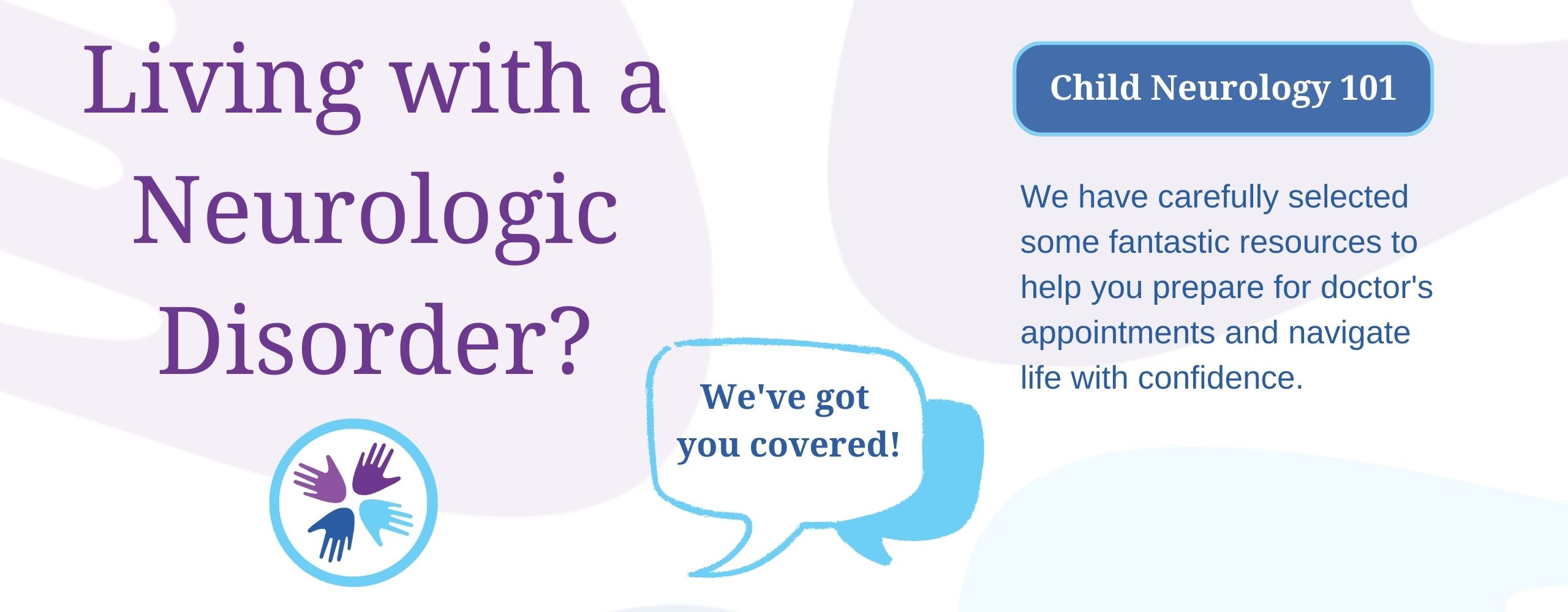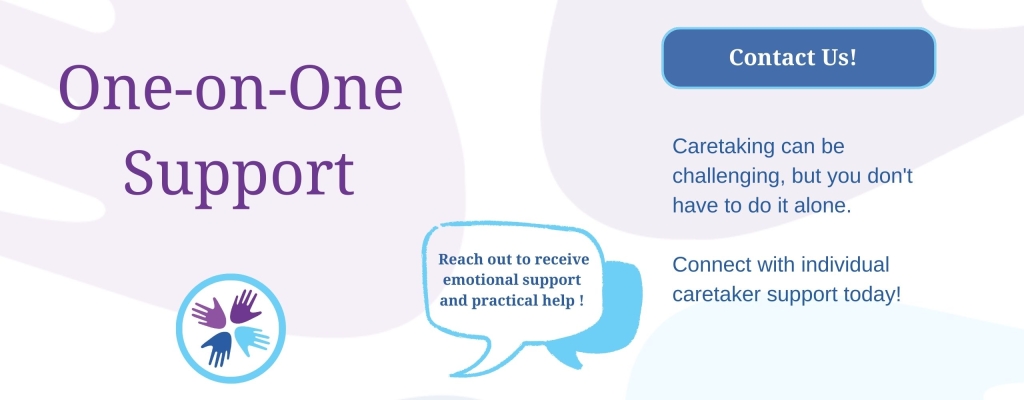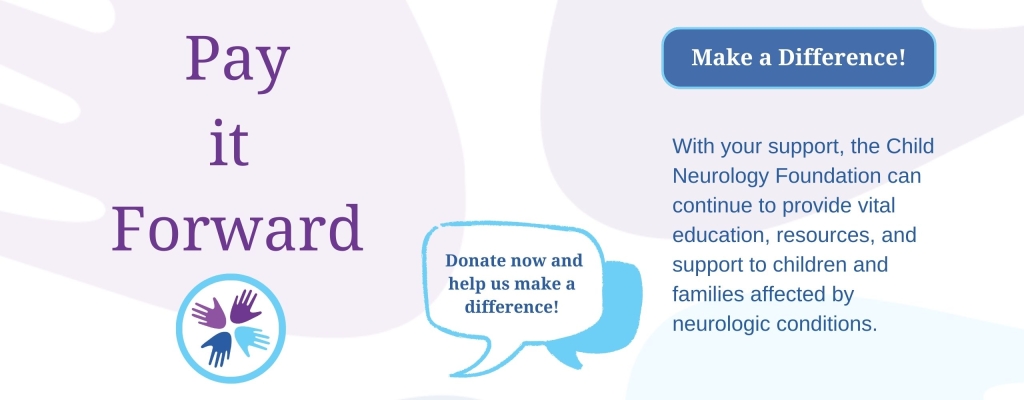
Authors: Praveen Kumar Ramani, MBBS, University of Arkansas, Arkansas Children’s Hospital Sreenath Thati Ganganna, MD, MBBS, University of Iowa, Stead Family Children’s Hospital, Iowa City, IA
Reviewed: September 2023
SUMMARY
Absence seizures are a common seizure type in children. They can occur as part of several childhood epilepsy syndromes. They make up 10 to 17% of all childhood epilepsies.
Absence seizures are characterized by a brief lapse in awareness. There is no obvious shaking or jerking of the body. However, there may be subtle rhythmic movement of the eyebrows, head, or mouth.
Seizures are generally brief. On average, they last less than ten to fifteen seconds. They start and end abruptly. Seizures tend to occur multiple times in a day.
Sometimes, absence seizures are confused with focal seizures. The two conditions have similar features. For example, they both involve:
- Staring
- Unresponsiveness to stimulation
- Loss of awareness
However, focal seizures tend to last longer. They may also present with stiffening or jerking of extremities on one side.
After a focal seizure, patients are usually tired and sleepy. They may also be nauseous. Additionally, they may have aura symptoms at the beginning of the focal seizure. (This is discussed later in the section titled “Related Disorders.”)
The two most common types of absence epilepsy are:
- Childhood absence epilepsy (CAE)
- Juvenile absence epilepsy (JAE)
Females are more often affected than males. Compared to other epilepsy syndromes, there is also more commonly a family history of seizures.
When part of CAE, seizures are usually well controlled with anti-seizure medication. However, some may be more challenging to control.
Most children with CAE will ultimately reach an age when their absence seizures stop. This is typically by adolescence or adulthood. People with JAE may need to continue treatment into adulthood.
Besides CAE and JAE, absence seizures can occur in other epilepsy syndromes. These include:
- Jeavons syndrome (eyelid myoclonia with or without absence seizures)
- Myoclonic absence epilepsy
Patients may also experience a less common type of seizure called an atypical absence seizure. Conditions with atypical absence seizures include:
- Lennox-Gastaut syndrome
- Dravet syndrome
- Doose syndrome (epilepsy with myoclonic-atonic seizures)
- Brain tumors
- Other brain diseases
JUMP TO
Disorder Overview
DESCRIPTION
Childhood Absence Epilepsy (CAE)
- CAE usually occurs between four and ten years of age. It peaks between five and seven years.
- Seizures occur multiple times a day. In severe cases, they can happen hundreds of times per day.
- The patient briefly loses consciousness.
- Typical absence seizures last five to ten seconds.
- Generalized tonic-clonic seizures occur in up to 40% of patients with CAE.
- CAE often affects:
- Learning
- School performance
- Daily activities
- Development and cognitive abilities generally remain normal. However, higher rates of inattention are seen in children with absence epilepsy.
- Most children (65%) respond well to treatment. Seizures usually resolve spontaneously during adolescence.
Juvenile Absence Epilepsy (JAE)
- Seizures typically begin between ten and nineteen years of age. They peak around fifteen years. They can sometimes start as early as eight years.
- Symptoms are similar to CAE. However, absence seizures are not as frequent. Also, a patient with JAE may not completely lose consciousness.
- Generalized tonic-clonic seizures are more common in patients with JAE than those with CAE. They occur in up to 80% of patients.
- Most patients with JAE respond well to medication. About 62% go into remission. Still, they often need lifelong anti-seizure medication. There’s a high chance of seizures recurring if medication is stopped.
Overall, CAE is thought to have a better prognosis than JAE. The majority of patients with CAE have spontaneous remission of seizures. This typically occurs between ten and fourteen years of age.
In contrast, JAE is unlikely to spontaneously remit. It is more frequently associated with seizures that are resistant to medication.
There is also a less common type of absence seizure called an atypical absence seizure. These are usually seen in epilepsies that involve:
- Seizures that are harder to treat
- Developmental delay
Atypical absence seizures tend to last longer than typical absence seizures. Atypical absence seizures can last up to twenty seconds or more. The start and end of them is somewhat vague.
During atypical absence seizures, the patient may also experience:
- Loss of muscle tone
- Body stiffening
- Eyelid fluttering
- Eye deviation (atypical movement)
SIGNS AND SYMPTOMS
Symptoms depend on the type of seizure. There are two types of seizures most seen in CAE or JAE:
Atypical absence seizures appear slightly differently on an electroencephalogram (EEG) compared to typical absence seizures.
Absence seizures
- Absence seizures are the primary type. The child abruptly stops any activity. They stare off into space for a few seconds. They are unresponsive to touch or verbal stimulation. These seizures are associated with loss of awareness.
- Absence seizures happen suddenly. There is no warning. They usually only last for three to seventeen seconds.
- These seizures may also be accompanied by:
- Subtle eye fluttering or repetitive eye blinking
- Lip smacking
- Fidgety hand movements
- The seizures end abruptly. The child returns to normal baseline activity. They have no memory of the event. Absence seizures are often mistaken for daydreaming spells at first. They then become more obvious to family members and school personnel.
- Without treatment, these seizures often affect a child’s:
- School performance
- Safety
- Relationships
Generalized tonic-clonic seizures (GTCS)
- GTCS are also known as “grand mal seizures.”
- Most seizures are self-limiting. They last for less than five minutes. GTCS is characterized by three phases. They include:
- The tonic phase. There is generalized stiffening of the trunk, arms, and legs. The child’s eyes roll upward, or they stare straight ahead.
- The clonic phase. The arms and legs shake rhythmically. The child’s face twitches. They drool or foam at the mouth. During this phase, the patient may involuntarily empty their bladder or bowels.
- The post-ictal phase. This is the last phase. The child may be confused and exhausted. They can have overall body weakness. They may also have problems with balance or speech. The length of this phase depends on the duration and severity of the seizures.
CAUSES
Absence seizures and generalized tonic-clonic seizures are caused by abnormal electrical activity in the brain.
Genetics are thought to play a significant role. Some genes have been linked to this condition. It is unknown how this condition is inherited.
Some things can trigger seizures. Triggers include:
- Rapid or heavy breathing (also called hyperventilation)
- Lack of sleep
- Flashing lights
- Not taking anti-seizure medication appropriately
LABORATORY INVESTIGATIONS
Diagnosis of seizures is mostly clinical. Your doctor will get a detailed history of the episode. They will perform a complete neurological examination. They will try to identify:
- The type of seizure
- Warning signs
- Triggering factors
Your doctor will most likely perform an electroencephalogram (EEG). This is used to confirm the diagnosis.
An EEG measures the electrical activity of the brain. Stickers (electrodes) are placed on the scalp. It usually takes between thirty minutes and an hour to complete.
Hyperventilation (rapid breathing) can trigger absence seizures. Your child may be instructed to blow repeatedly at a pinwheel for one or two minutes during the EEG test. The doctor will see if it provokes a seizure. This can confirm the diagnosis.
Magnetic resonance imaging (MRI) of the brain is usually not required in a patient with CAE or JAE. It may be needed if there are atypical or abnormal findings on the neurological examination. These could suggest the possibility of an alternative diagnosis.
TREATMENT AND THERAPIES
Once absence seizures are diagnosed, patients are treated with anti-seizure medication.
There are also alternative treatment options. These can help if a patient has a medication-resistant type of absence epilepsy. Some options include:
- A ketogenic diet. This is a low-carb, high-fat diet.
- Vagus nerve stimulation (VNS). Electrical pulses are sent to the vagus nerve.
Your doctor will choose the most appropriate medication based on:
- The specific type of absence epilepsy
- The age of the patient
- Symptoms
- Any associated medical conditions
Children with absence seizures often have increased risk of:
- Attention problems
- Low self-esteem
- Depression
- Social isolation
Early recognition of these symptoms is important. So is timely intervention with appropriate therapies.
The child’s teacher and school nurse should be notified of their condition. Providing the school staff with a seizure action plan will be helpful. This plan should include recommendations from your neurologist.
Special precautions need to be taken with driving. Each state has different driving laws for people with epilepsy. Overall, if the patient continues to have any type of seizure associated with loss of awareness, it is not safe to drive. Your neurologist should be able to give you more state-specific details during your clinic appointment.
These are some other general safety recommendations for those with absence seizures:
- Do not take a bath or swim alone. (Showers are okay.)
- Avoid excessive unrestrained heights.
- Avoid going close to fire. Activities involving sharp objects will need supervision.
- Avoid identifiable triggers.
OUTLOOK
Children with CAE or JAE can live normal lives. In most cases, there is no developmental delay. Intelligence is typical.
Most often, seizures are well controlled. Children with CAE do not require lifelong treatment. Studies have shown that 57 to 74% of patients become seizure-free when they are older.
Some factors are associated with increased difficulty in controlling seizures. These include:
- Early onset. Seizures start when the child is four years old or younger.
- Generalized tonic-clonic seizures. With generalized tonic-clonic seizures, a person loses consciousness. Their muscles also jerk.
- Developmental delays.
Some patients continue to have absence seizures that are resistant to medication. Up to 40% of them are at risk of developing generalized tonic-clonic seizures.
In about a third of patients, behavioral problems continue despite good control of seizures.
Most children with JAE respond well to medication. However, they will need lifelong treatment. This is because the risk of seizure recurrence is high after weaning off medication.
SUDEP is the sudden, unexpected death of a patient with epilepsy. The cause is not known. People with absence or myoclonic seizures are generally not known to have an increased risk for SUDEP. For more information on this topic, see our SUDEP Resource page.
RELATED DISORDERS
Related disorders include:
Generalized tonic-clonic seizures (GTCS)
- GTCS are also known as “grand mal seizures.”
- Most seizures are self-limiting. They last for less than five minutes. GTCS is characterized by three phases. They include:
- The tonic phase. There is generalized stiffening of the trunk, arms, and legs. The child’s eyes roll upward, or they stare straight ahead.
- The clonic phase. The arms and legs shake rhythmically. The child’s face twitches. They drool or foam at the mouth. During this phase, the patient may involuntarily empty their bladder or bowels.
- The post-ictal phase. This is the last phase. The child may be confused and exhausted. They can have overall body weakness. They may also have problems with balance or speech. The length of this phase depends on the duration and severity of the seizures.
Myoclonic seizures
Focal seizures with impaired awareness
It can be difficult to tell the difference between focal seizures with impaired awareness and absence seizures. However, this is essential for appropriate evaluation and management.
These are the main differences:
- Focal seizures with impaired awareness can start with aura symptoms. Aura symptoms are warning signs. Examples include:
- Funny smells
- Flashing lights
- Blurry vision
- They typically last longer than a minute.
- They are infrequent. (It is rare for someone to have more than one per day.)
- The patient is often confused and sleepy after the episode.
- These seizures are not usually provoked by hyperventilation (rapid breathing).
The information in the CNF Child Neurology Disorder Directory is not intended to provide diagnosis, treatment, or medical advice and should not be considered a substitute for advice from a healthcare professional. Content provided is for informational purposes only. CNF is not responsible for actions taken based on the information included on this webpage. Please consult with a physician or other healthcare professional regarding any medical or health related diagnosis or treatment options.
Resources
The Epilepsy Leadership Council is made up of individuals representing organizations serving individuals with epilepsy and their families, as well as professionals, and governmental organizations. The mission is to develop and coordinate among its members shared projects that will have a positive impact on the lives of individuals with epilepsy, focusing on those areas where working together produces greater efficiency and impact than working independently.
For a list of more than 40 professional societies, patient advocacy organizations, and governmental agencies, please click here.
Child Neurology Foundation (CNF) solicits resources from the community to be included on this webpage through an application process. CNF reserves the right to remove entities at any time if information is deemed inappropriate or inconsistent with the mission, vision, and values of CNF.
Research
These are clinical trials that are recruiting or will be recruiting. Updates are made daily, so you are encouraged to check back frequently.
ClinicalTrials.gov is a database of privately and publicly funded clinical studies conducted around the world. This is a resource provided by the U.S. National Library of Medicine (NLM), which is an institute within the National Institutes of Health (NIH). Listing a study does not mean it has been evaluated by the U.S. Federal Government. Please read the NLM disclaimer for details.
Before participating in a study, you are encouraged to talk to your health care provider and learn about the risks and potential benefits.
For more information about participation in clinical trials, check out our education hub on the topic here.
References
Jain P. Absence Seizures in Children: Usual and the Unusual. Indian J Pediatr. 2020 Dec;87(12):1047-1056. https://doi.org/10.1007/s12098-020-03423-8. Epub 2020 Jul 23. PMID: 32700146.
Crunelli V, Lőrincz ML, McCafferty C, Lambert RC, Leresche N, Di Giovanni G, David F. Clinical and experimental insight into pathophysiology, comorbidity and therapy of absence seizures. Brain. 2020 Aug 1;143(8):2341-2368. https://doi.org/10.1093/brain/awaa072. PMID: 32437558; PMCID: PMC7447525.
Tenney JR, Glauser TA. The current state of absence epilepsy: can we have your attention? Epilepsy Curr. 2013 May;13(3):135-40. https://doi.org/10.5698/1535-7511-13.3.135. PMID: 23840175; PMCID: PMC3697883.
Kessler SK, McGinnis E. A Practical Guide to Treatment of Childhood Absence Epilepsy. Paediatr Drugs. 2019 Feb;21(1):15-24. https://doi.org/10.1007/s40272-019-00325-x. PMID: 30734897; PMCID: PMC6394437.
The information in the CNF Child Neurology Disorder Directory is not intended to provide diagnosis, treatment, or medical advice and should not be considered a substitute for advice from a healthcare professional. Content provided is for informational purposes only. CNF is not responsible for actions taken based on the information included on this webpage. Please consult with a physician or other healthcare professional regarding any medical or health related diagnosis or treatment options.



